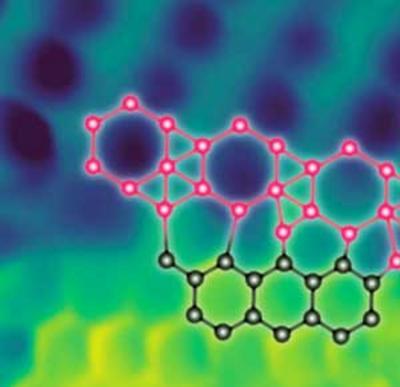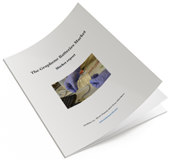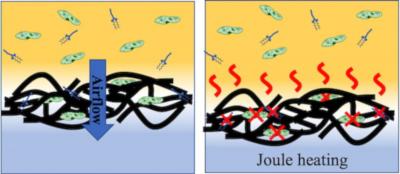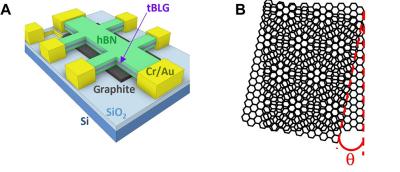Colloids Group funds research project for graphene nanocomposites GEIC
The Colloids Group is funding a joint collaborative Ph.D. research project with the Graphene Engineering Innovation Centre (GEIC) at The University of Manchester. The project team will investigate the applicability of nanocomposites based on graphene and other two-dimensional (2D) materials to a broad range of thermoplastic materials, including polyolefins, polyamides and polyesters, and to understand how mechanical, thermal, electrical, rheological and gas-barrier properties (among others) are affected by the production process and by the materials used.
Phase 1 of this collaborative project was successfully completed within 12 months. Phase 2, which is about to start, is expected to be a three to four year research project. For this next phase, Colloids is funding and supporting a full time Ph.D. researcher who will be based at the University of Manchester with the Advanced Nanomaterials Group led by Dr. Mark A. Bissett and Professor Ian A. Kinloch.






